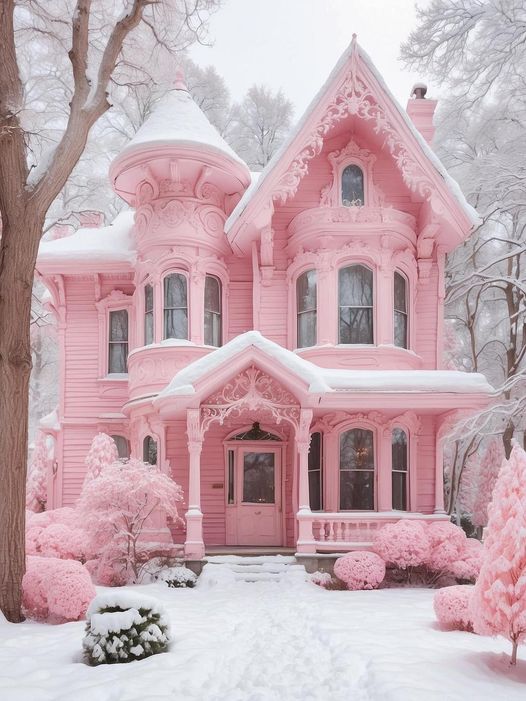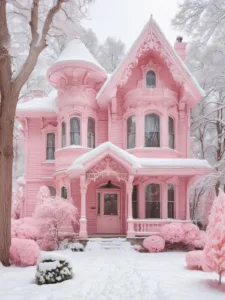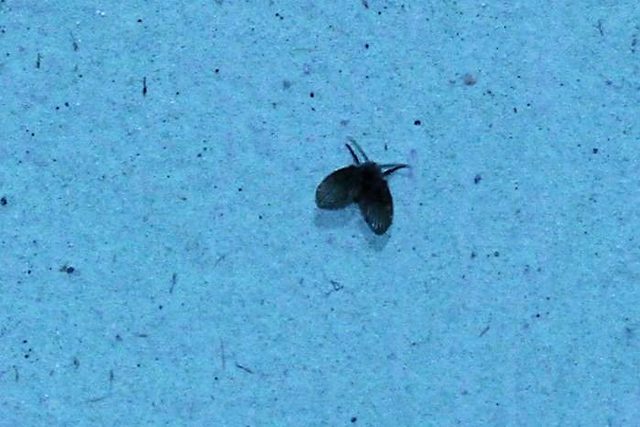This beautiful house what does it mean

This is a stunning pink Victorian house, often referred to as a “castle-like” structure due to its elaborate design and architectural features. It includes features such as
- Victorian Architecture:
- The house features intricate decorative trims, detailed carvings, and an overall romantic aesthetic typical of the Victorian era.
- The tower and rounded windows are hallmark features of Queen Anne-style Victorian homes.
- Pink Color Palette:
- The house and surrounding landscape have been painted or edited in shades of pink, creating a dreamy, whimsical appearance.
- The snow-covered setting adds to its fairytale charm.
- Setting:
- The snow-covered environment suggests this house might be located in a region with cold winters.
Nature and animals are invaluable assets to our planet, and it is our responsibility to care for the animal world to ensure its preservation for future generations. The era of traditional zoos is giving way to alternative methods aimed at saving animal species, such as nature reserves and national parks.

The concept of protected natural areas has been in consideration for a long time. The first law establishing a protected natural area dates back to ancient times, with the Sri Lankan law from the third century BC. The creation of numerous national parks and reserves gained momentum during the industrial revolutions, a period marked by significant alterations to the Earth’s original landscape.
Reserves differ from National Parks, the latter being designed primarily to showcase the unique nature to visitors. In reserves, human activity is almost entirely prohibited, whereas tourists are permitted in national parks, where economic activities are allowed on a limited scale.
Japan boasts a remarkable deer park where animals freely roam in their natural habitat. The park, located in Nara, becomes particularly stunning during the cherry tree blossoms. Considered sacred animals, the deer in Nara are protected, and residents have upheld this tradition for over a thousand years.
Legend has it that all local artiodactyls are descendants of mythical deer, from which the first emperor of Japan descended from heaven. Visitors are allowed to purchase healthy food for the approximately 1,200 well-fed deer that freely roam the city’s streets. Nara, once the capital of Japanese Buddhism, has retained its significance in religious life. The Seven Temples of Nara continue to exert influence even after the emperor’s court moved to Kyoto in the 8th century. Notably, around the same time, to the north, the main shrine of the goddess Inari was founded, featuring thousands of vibrant torii gates that still stand today.



